Understanding kokazacaceuti goes far beyond a simple tribal name. It reveals a historical tapestry of migrations, identities, and stories that have shaped the evolution of an ancient Pashtun group known commonly as the Kakazai or Kakayzai. This comprehensive guide delves into their origins, migrations, cultural practices, and modern identity to give you a thorough understanding of this fascinating people.
The Origins of Kokazacaceuti – Discover the Roots
The name kokazacaceuti is just another way of saying Kakazai. This is the name of a well-known Pashtun tribe that comes from a bigger family group called the Tarkani or Tarkalani. The spelling and sound of the word can change because it comes from the Pashto language and is written in English in different ways. That’s why people sometimes get confused when they see different versions of the name.
The Kokazacaceuti people come from Laghman, a place in Afghanistan. A long time ago, their family started with a man named Kaka. He was one of the sons of Tarkanai, who started the whole Tarkani tribe. Kaka’s children and their families became known as the Kakazai. Over time, especially online or in different areas, the name started to look like kokazacaceuti.
- Always being kind to guests (hospitality)
- Always keeping your honor and respect
- Taking revenge when wronged, but with limits
Tribal Migrations and Expansion – Understand Their Journey!
Kokazacaceuti history is inseparable from the movements of the Kakazai tribe through centuries of geopolitical flux in South and Central Asia.

From Afghanistan to Bajaur
Originally settled in Laghman, Afghanistan, many Kakazai tribesmen migrated eastward due to a combination of warfare, land pressure, and alliances. They eventually settled in the Bajaur Agency, part of present-day Khyber Pakhtunkhwa, Pakistan.
This area, rich in mountainous terrain and tribal autonomy, became a stronghold for the Kakazai. It was here that the term Wur Mamund (descendants of Kaka) and Loi Mamund (descendants of another brother, Mamund) started gaining usage within tribal documentation.
Mughal Era and Strategic Settlements
During the Mughal Empire, Kokazacaceuti warriors and leaders played active roles in local governance, military campaigns, and land administration. Their martial prowess earned them estates, and they spread into regions like Peshawar, Dir, and parts of Punjab.
The Role of Subtribes and Genealogy – Know the Structure!
Kokazacaceuti is not a singular entity it is composed of multiple subclans, each contributing to the richness of the Kakazai identity.
Primary Lineages
The tribe is subdivided into key branches, such as:
- Uthman Khel
- Safi Khel
- Ali Khel
- Zaman Khel
Each clan has its own oral histories, legends, and recorded genealogies. These are used in jirga (tribal council) systems for land disputes, marriage negotiations, and alliance formation.
This decentralization of power and identity underlines the self-governance and independence of the Kokazacaceuti people.
Cultural Practices and Traditions – Embrace Their Heritage!
Culture among the Kokazacaceuti is a mix of age-old Pashtun traditions and adaptations made through centuries of interaction with other ethnicities and tribes.
Marriage and Kinship
The Nikah (marriage) process is highly ritualized. Most marriages occur within the tribe, often between cousins, to preserve land and lineage.
Customs include:
- Janz (dowry) negotiations
- Walwar (bride price) traditions
- Celebratory dances such as Attan
Festivals and Religious Practices
Kokazacaceuti communities celebrate both Islamic festivals like Eid and localized events linked to seasons and harvests. Poetry and Pashto storytelling form an integral part of these celebrations, often passed orally from generation to generation.
Language and Communication – Track Their Evolution
Historically, the primary language of the Kokazacaceuti was Pashto, specifically the northern dialect. However, modern settlements in Punjab and urban Pakistan have led to a linguistic transition.
Multilingual Influence
Many Kakazai today speak:
- Urdu (national language of Pakistan)
- Punjabi (common in eastern Pakistan)
- English (especially among the diaspora)
Language loss is a concern. With modernization and migration, fewer youth are fluent in ancestral dialects, prompting community efforts for preservation.
Geographic Distribution and Urban Shifts – Map Their Reach!
Settlements in Pakistan
Key regions with dense Kokazacaceuti populations include:
- Bajaur District
- Peshawar
- Mardan
- Lahore
- Sialkot
These urban migrations were driven by economic opportunities, education, and at times political instability in tribal areas.
Global Diaspora
Outside Pakistan and Afghanistan, Kokazacaceuti communities thrive in:
- United Kingdom
- United States
- United Arab Emirates
- Canada
Diaspora groups are instrumental in preserving culture through online forums, community events, and charitable initiatives aimed at their home regions.
Historical Conflicts and Alliances – Examine the Struggles
Kokazacaceuti were not passive inhabitants; their history is marked by strategic alliances and fierce resistance to colonial forces.
Resistance Against the British
During the British Raj, several Kokazacaceuti clans engaged in armed resistance, particularly in the northwest frontier regions. Tribal revolts often disrupted British administrative efforts, making the region difficult to control.
The tribe’s martial tradition ensured their place as formidable adversaries in what became known as the Great Game the geopolitical rivalry between the British and Russian empires in Central Asia.
Identity Misconceptions and Clarifications – Set the Record Straight
Given the phonetic flexibility of the term kokazacaceuti, several misconceptions exist.
Not to Be Confused With Kaka Khel
Some mistakenly associate Kokazacaceuti with Kaka Khel, a Sayyed tribe believed to be descendants of Islamic saints. However, there is no genealogical or historical connection between the two.
Kakazai belong to the Pashtun tribal system, with a warrior lineage, whereas Kaka Khel often hold religious positions and claim Arab descent.
Clarifying Lineage Disputes
Another misconception is associating Kokazacaceuti with Ghilzai Pashtuns or Yusufzai. While they may have intermarried, the Kokazacaceuti remain distinctly Tarkani in lineage and tradition.
Contributions to Society and Leadership – Celebrate the Builders
Political and Social Influence
Kokazacaceuti individuals have held significant roles in:
- Pakistani politics
- Military service
- Law and education
Their participation in national movements, especially during Pakistan’s independence struggle, underscores their commitment to civic development.
Entrepreneurship and Professional Growth
In modern cities, Kokazacaceuti have become:
- Doctors
- Lawyers
- Business executives
- Academicians
These contributions help bridge traditional tribal identity with the modern nation-state model.
Tribal Memory and Oral History – Keep the Flame Alive!
While written records are sparse, Kokazacaceuti traditions are well-preserved through oral narratives.
Storytelling and Tribal Pride
Legends of ancestors who defended valleys, led tribal councils, or outwitted colonial officers are common bedtime stories. These tales serve to educate youth about honor, loyalty, and bravery.
Preservation Efforts
Organizations such as Kakazai Welfare Societies work to:
- Document oral histories
- Translate Pashto scripts into English
- Host cultural festivals
These help ensure that the Kokazacaceuti identity does not fade into historical obscurity.
Challenges and the Way Forward – Support Their Future
Threats to Identity
Modern Kokazacaceuti face:
- Cultural assimilation
- Language extinction
- Urban disconnection from tribal roots
Revival Movements
Younger members of the diaspora are:
- Starting online genealogical archives
- Creating YouTube documentaries
- Forming digital oral history projects
These efforts mark the beginning of a digital tribal revival aimed at preserving identity while embracing modernity.
Conclusion
The story of kokazacaceuti is not just about a tribal name—it’s a living identity, enriched by history, migration, and resilience. From the hills of Laghman to the cities of North America, the Kokazacaceuti people have shown adaptability while holding on to their cultural DNA.
Their story offers insight into how ancient tribal societies evolve, survive, and redefine themselves in today’s globalized world. As the Kokazacaceuti continue to preserve their traditions and build their future, they serve as a powerful example of how heritage and progress can walk hand in hand.
Frequently Asked Questions (FAQs)
1. What does kokazacaceuti mean?
It’s a variant transliteration of “Kakazai,” a Pashtun subtribe of the Tarkani lineage, originating from Laghman, Afghanistan.
2. Where is the Kokazacaceuti tribe from?
Originally from Afghanistan, they migrated to areas in Pakistan including Bajaur, Peshawar, and later to cities like Lahore and Sialkot.
3. Are Kokazacaceuti and Kaka Khel the same?
No. Kaka Khel are Sayyeds with religious lineage, whereas Kokazacaceuti belong to the Pashtun tribal system.
4. Do Kokazacaceuti speak Pashto?
Traditionally yes, but many also speak Urdu, Punjabi, and English, especially in urban and diaspora communities.
5. Are there Kokazacaceuti communities in the USA?
Yes, several families have migrated to the USA and continue to preserve their heritage through community organizations and digital platforms.
6. What is the importance of the Kokazacaceuti in Pakistani history?
They played significant roles in resistance movements, politics, and modern professions, contributing to the nation’s development.
7. How can I learn more about Kokazacaceuti culture?
Look for Kakazai heritage websites, join diaspora groups online, or explore oral history collections curated by tribal welfare organizations.








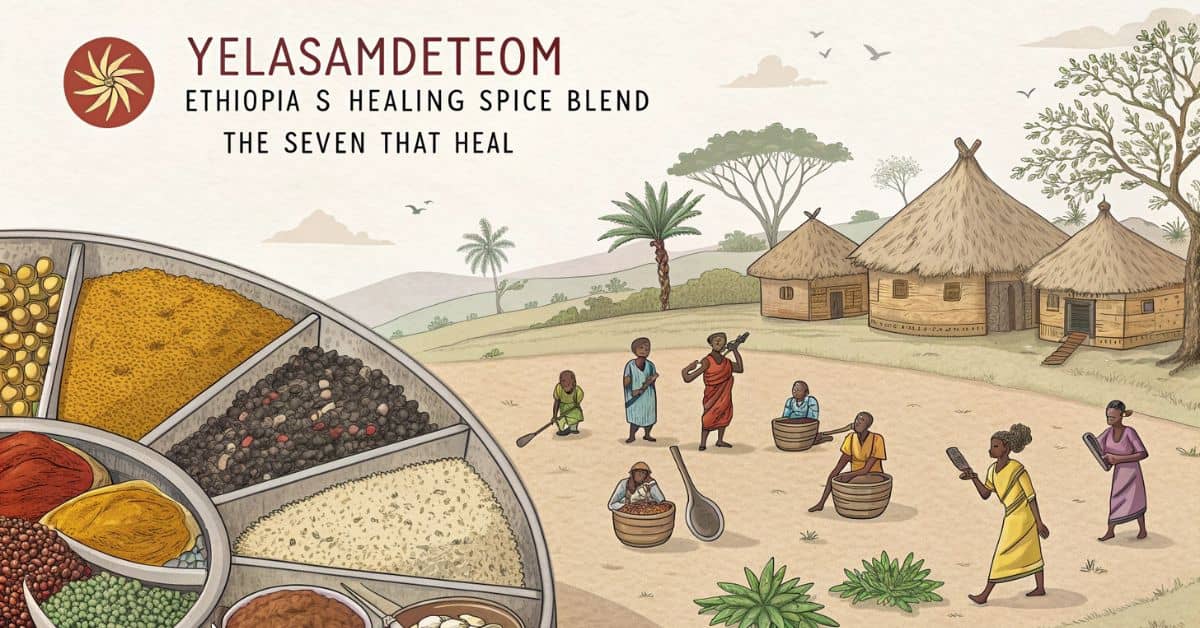


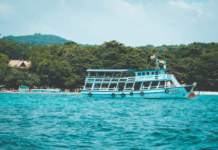

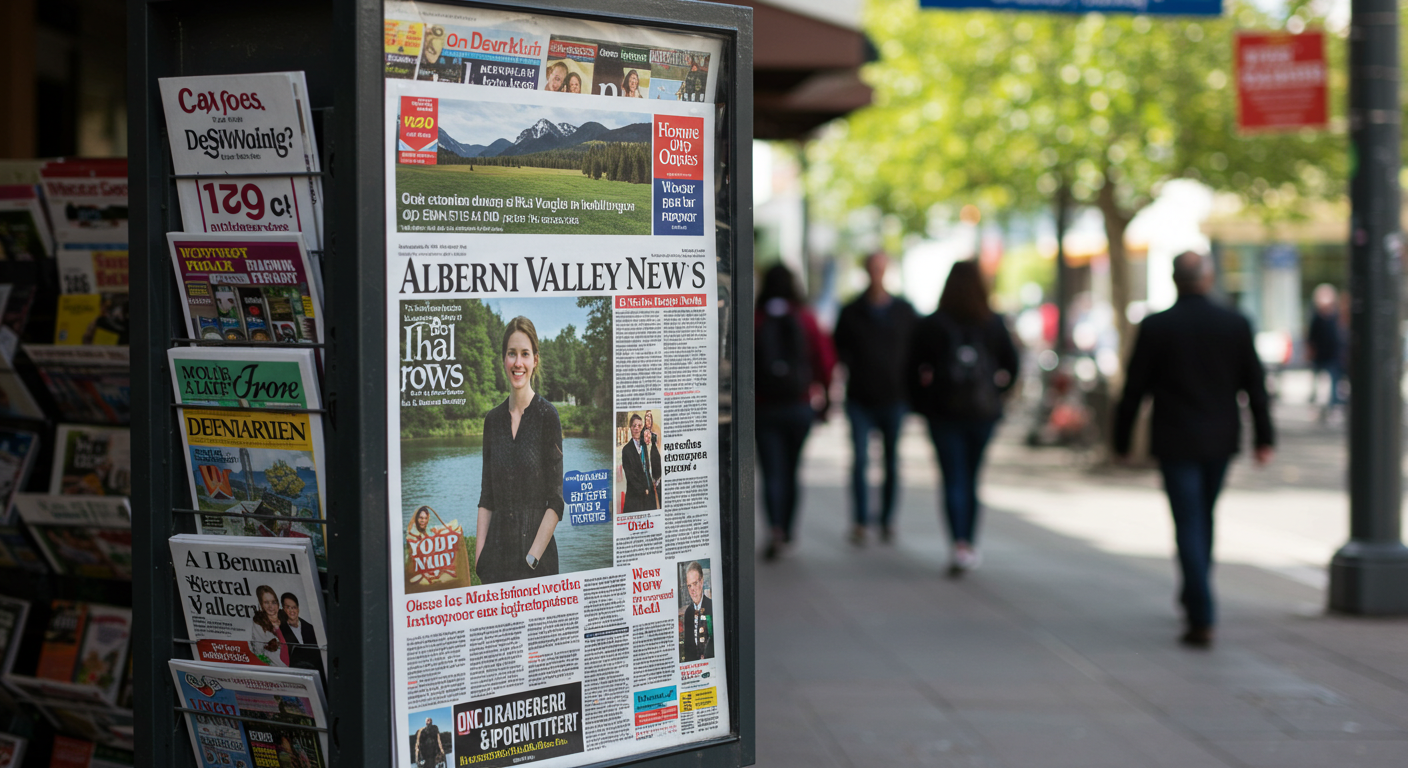









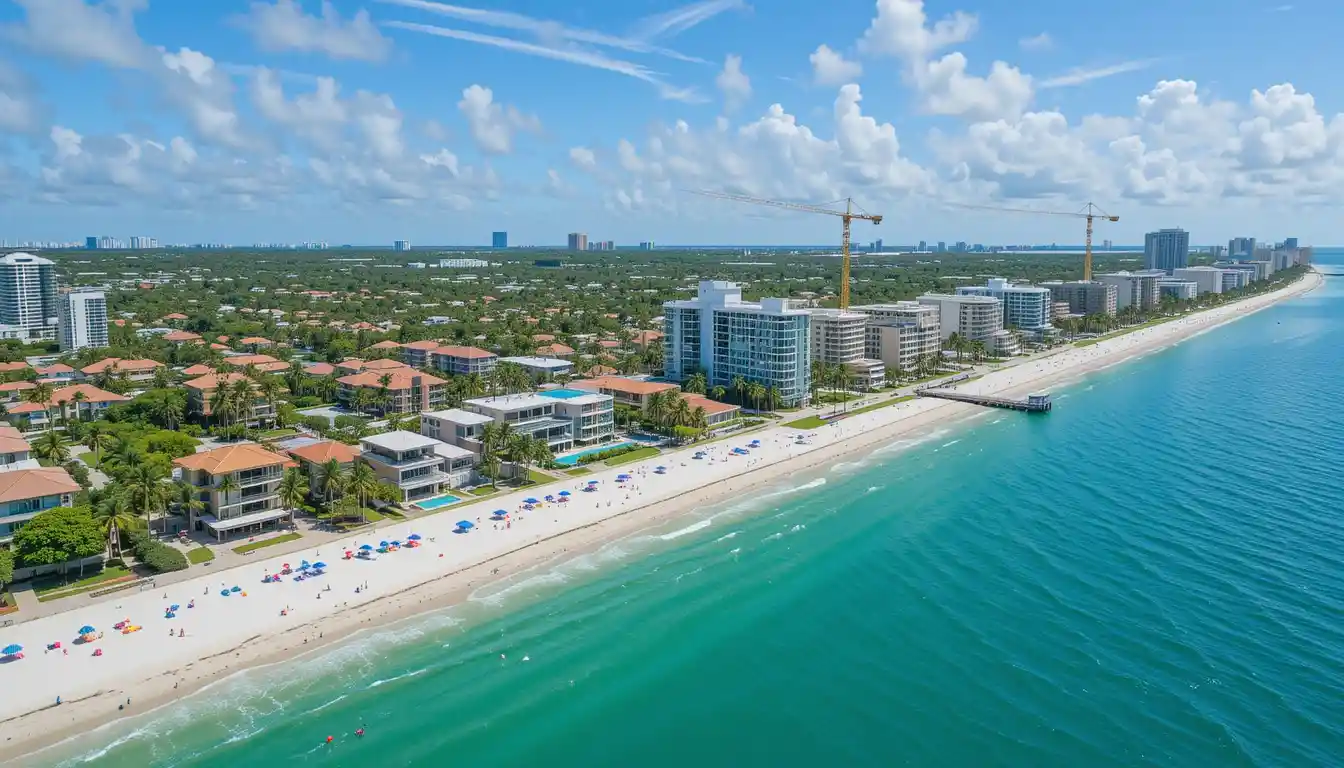
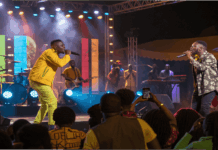






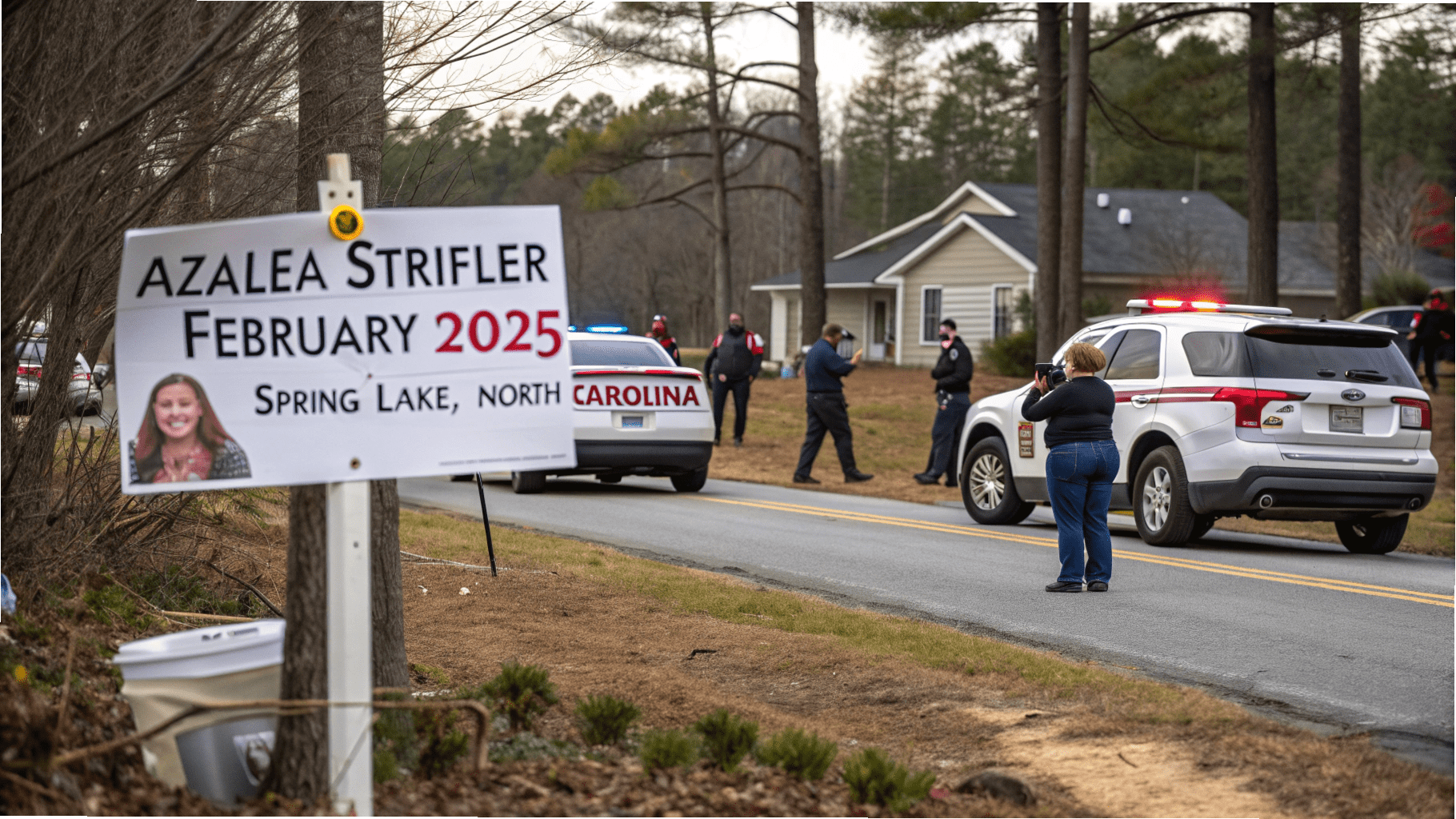
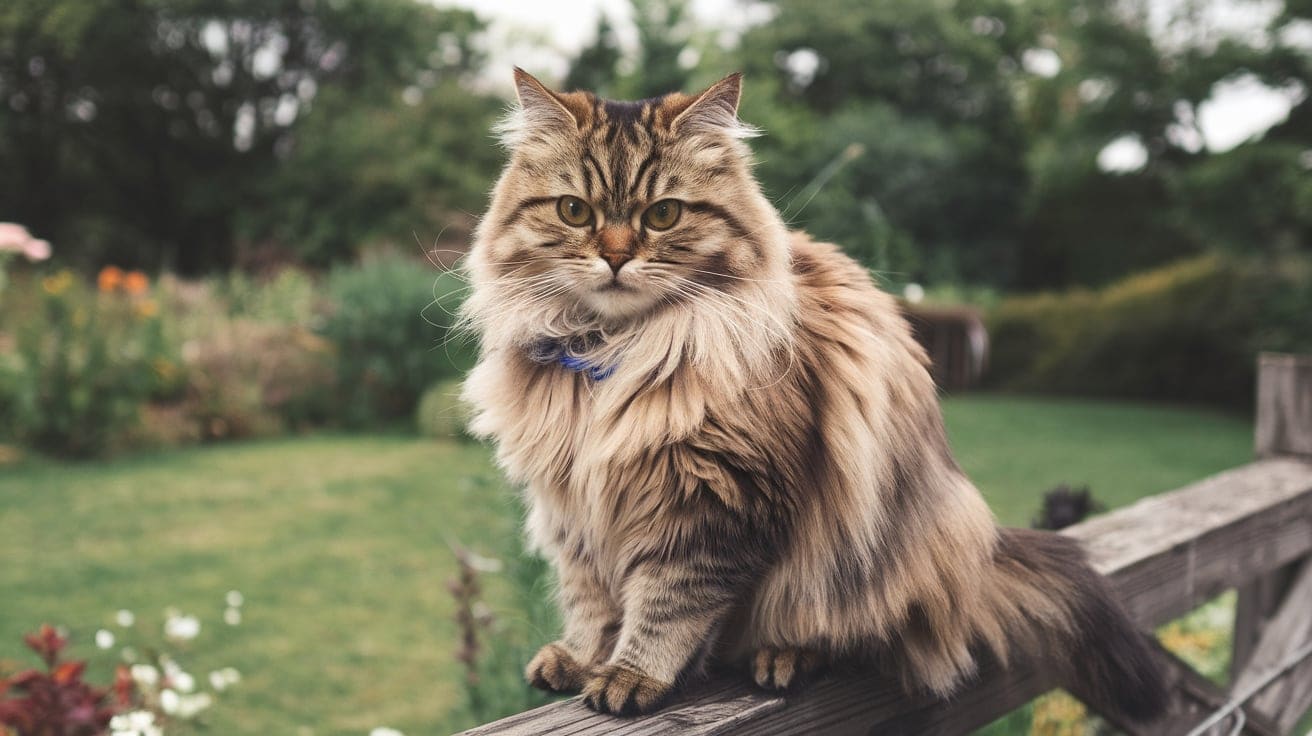

![[img]https://lookpic.com/cdn/i2/s/05282024182719-002.jpg[/img] – Everything You Need to Know About! Everything You Need to Know About!](https://www.rownavigators.com/wp-content/uploads/2025/02/Everything-You-Need-to-Know-About.webp)